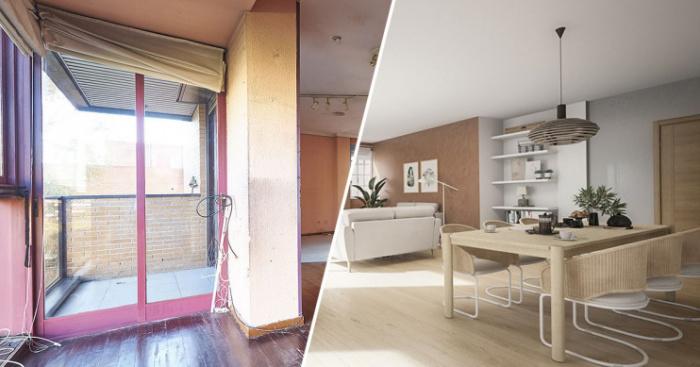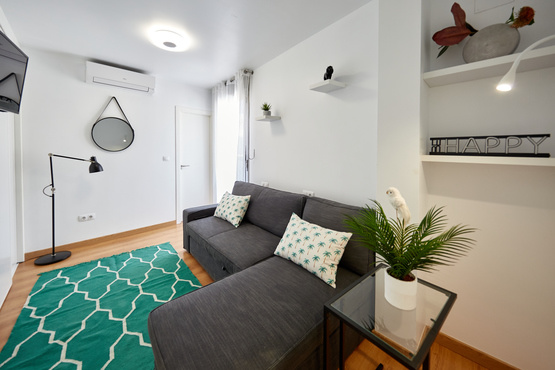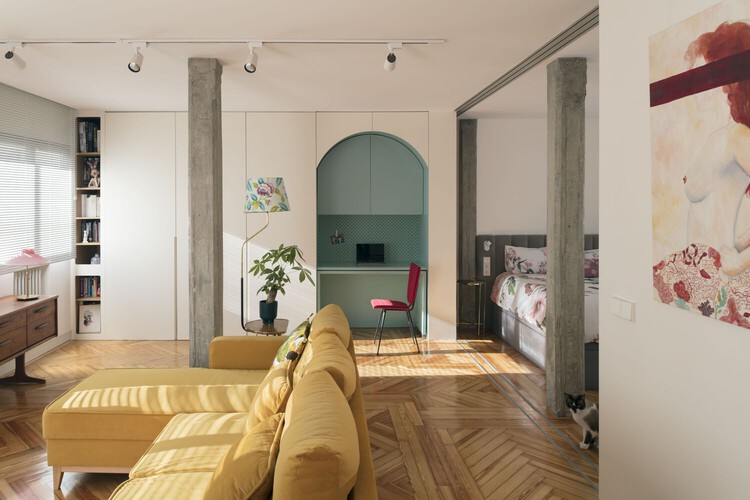
Renovating vs. Ready-to-Move: Deciding on Your Ideal Apartment
The choice between renovating an apartment and moving into a ready-to-move-in space is a pivotal decision that hinges on numerous factors. Whether driven by a desire for customization, budget constraints, or the allure of instant comfort, evaluating the pros and cons of each option is essential in finding the perfect place to call home.
Renovating: Crafting Your Dream Space
Renovating an apartment presents an exciting opportunity to create a personalized haven that perfectly aligns with your vision. From reimagining layouts to selecting materials and finishes, the creative freedom that comes with renovations allows for tailoring every aspect of the space. This option caters to individuals seeking a unique aesthetic, specific functionalities, or a sense of accomplishment derived from transforming a space to reflect their tastes and preferences.
However, embarking on a renovation journey entails meticulous planning, substantial time commitments, and often unexpected costs. From securing permits to managing contractors and adhering to timelines, the process can be complex and demanding. Moreover, unforeseen challenges during renovations may lead to budget overruns and potential disruptions, demanding patience and flexibility from homeowners.

Ready-to-Move: Instant Comfort and Convenience
Opting for a ready-to-move-in apartment offers instant gratification in terms of comfort and convenience. These spaces are move-in ready, sparing homeowners the stress and uncertainty of renovation projects. Ideal for those seeking immediate occupancy or lacking the time for extensive renovations, these apartments provide a hassle-free transition into a fully functional living space.
However, the convenience of a move-in-ready apartment often comes with compromises. These spaces might not perfectly align with personal preferences in terms of design or functionality. Limited customization options might require homeowners to adapt to existing layouts or features that don't fully meet their desires. Additionally, the costs associated with ready-to-move-in spaces might be higher due to the convenience factor, impacting the overall budget.
Factors Influencing the Decision
Several key factors can sway the decision between renovating and opting for a ready-to-move-in apartment:
Budget: Assessing financial capabilities and determining the scope of available funds is crucial. Renovations might offer more flexibility in budget allocation, while ready-to-move-in spaces might have fixed costs.
Timeline: Considerations regarding urgency and the desired timeframe for occupancy significantly impact the decision. Renovations usually require more time for planning and execution, while move-in-ready spaces offer immediate availability.
Personalization: Homeowners inclined towards expressing their unique tastes and preferences might favor renovations for the opportunity to customize every detail of their space.
Resale Value: Evaluating the potential impact on the property's future resale value is essential. Renovations, if executed thoughtfully, can enhance the property's worth, while ready-to-move-in spaces might hold steady or fluctuate based on market trends.
In essence, the choice between renovating and selecting a ready-to-move-in apartment hinges on individual priorities, lifestyle preferences, and long-term goals.

Spanish Apartments: Old-World Charm and Renovation Potential
Spanish apartments often exude a captivating aura steeped in history and architectural elegance. With features like ornate moldings, mosaic tiles, high ceilings, and traditional elements, these properties showcase a timeless charm that resonates with enthusiasts of classical architecture. However, many of these apartments retain dated designs, aging infrastructures, and layouts that might not suit contemporary living standards.
The allure of these historical spaces often lies in their potential for transformation. While they possess inherent charm, realizing the dream of a modern, personalized sanctuary frequently necessitates a complete overhaul. From updating plumbing and electrical systems to revamping layouts and integrating modern amenities, extensive renovations are commonly required to breathe new life into these classic apartments.
Renovating Spanish Apartments: Embracing Creative Control
The decision to renovate an older Spanish apartment allows homeowners to embark on a journey of creative expression and customization. It offers the canvas to infuse modern design elements while preserving the property's inherent historical charm. Renovations empower individuals to reimagine layouts, integrate contemporary comforts, and blend innovative design concepts with the apartment's timeless elegance.
However, embarking on renovations in these spaces often involves comprehensive transformations that encompass structural modifications, upgrades in utilities, and an overhaul of interior design elements. From floor to ceiling, from reimagining living spaces to modernizing kitchens and bathrooms, the renovation process in these Spanish apartments is an extensive undertaking, demanding careful planning, professional guidance, and a keen eye for blending heritage with modernity.
The decision to renovate or opt for a ready-to-move-in apartment is a deeply personal one, influenced by various factors unique to each homeowner. Whether driven by the allure of creative control, the need for immediate comfort, or a blend of both, weighing the pros and cons of each option is essential.
Renovating offers the canvas for creative expression and tailored living spaces but demands time, effort, and meticulous planning. Conversely, ready-to-move-in apartments provide instant comfort and convenience but might lack the personal touch and customization options of renovations.






